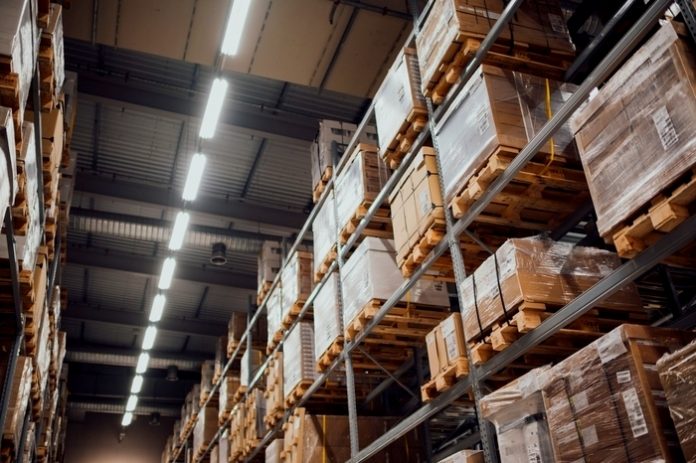According to Savills latest Big Shed Briefing, take-up of industrial & logistics space (units of 100,000 sq ft +) exceeded expectations in 2019, reaching 34.21m sq ft across 136 separate transactions, with both measures up on their long term averages by 31% and 24% respectively. The figures come despite the ongoing geopolitical uncertainty, which disrupted both UK and global economies throughout last year.
Furthermore, Savills notes that the take-up figures show that no one sector or occupier dominated in 2019, as has happened in previous years, with occupiers from a broad range of industries taking a more equal proportion of space. This is evidenced by 2018’s largest occupier, Amazon, only accounting for 11% of all the space transacted in 2019.
Regionally, the East Midlands, the South East and Yorkshire have all seen record years of take-up, with the East Midlands reporting its second record year in succession.
In terms of supply and pipeline, nationwide supply has risen over 12 months by 3.60m sq ft, now standing at 35.44m sq ft. However, vacancy rates have remained stable as total stock levels have increased at the same rate due to a number of build to suit deals. BTS accounted for 50% of all take-up in 2019, while speculative space represented 19% – the highest level seen since 2011.
Savills goes on to note that the investment market also performed strongly in the face of headwinds, with investment volumes for distribution warehouses reaching £3.75 billion for 2019, making it the second highest capital deployment ever. The figures represent a 6% rise on 2018 and pushes the three year rolling average to the highest level ever recorded at £3.76 billion.
Richard Sullivan, national head of industrial & logistics at Savills, comments: “The global economic uncertainty experienced throughout 2019 had the potential to derail the recent positive sentiment around the UK industrial & logistics market, so it’s pleasing to report that take-up exceeded expectations last year. This is further reinforced by the fact that we have seen activity from a diverse range of sectors and occupiers.
As we begin 2020 with more stability, we believe we may witness a number of occupiers moving forwards with their delayed investment decisions, which could in turn manifest itself in a number of ways, from new entrants to the market to possible mergers and acquisitions.”



















